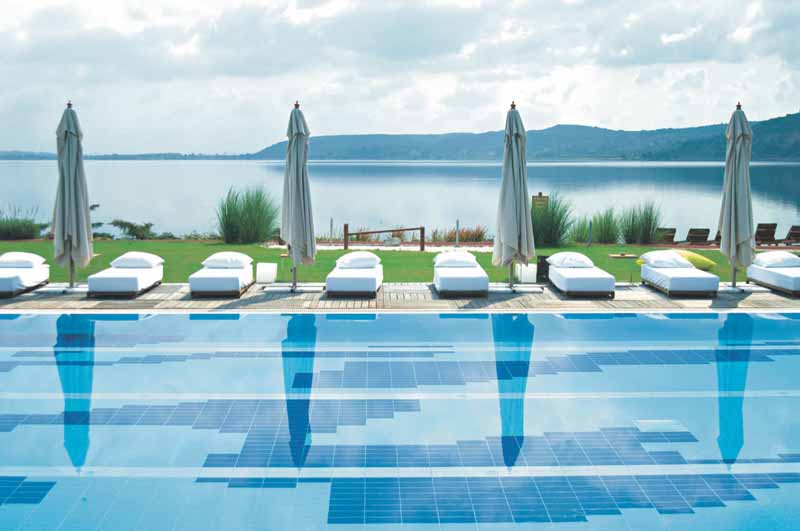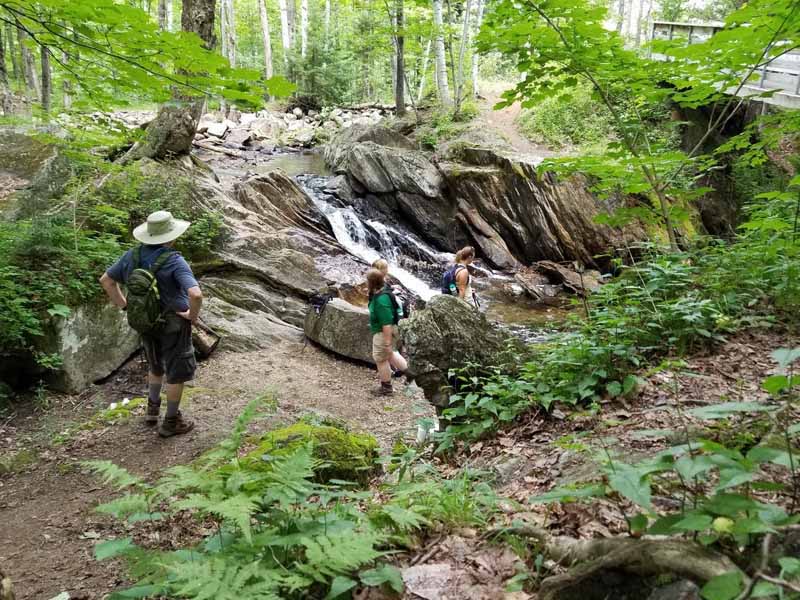
The Wellness Tourism Association (WTA) has introduced definitions and begun setting industry standards for what makes a wellness tourism destination.
by Anne Dimon
We all acknowledge that the word “wellness” means different things to different people. Ask 10 people what “wellness” means to them and you are likely to get 10 different answers.
Year after year, surveys from the Global Wellness Institute tell us wellness is the fastest growing division of the global tourism industry. As more consumers look to work elements of wellness into their travels, or plan vacation time with a specific focus on wellness, we are seeing an increasing number of hotels and resorts looking to get a share of the market by introducing wellness-focused amenities, programs and even multi-day guided retreats. Destination Management Organizations (DMO) and tourism boards are also launching their own wellness initiatives. But for the good of the consumer and the sustainable future of the industry, when it comes to vocabulary we need clarity and consistence.
To help create that clarity and consistency within the wellness tourism industry, the Wellness Tourism Association (WTA) – now with 100 Members and Partners from 21 countries – has created definitions, and promotes standards that are applicable to the industry and understood by the public.
Incorporated in the US as a not-for-profit in January of 2018, the Wellness Tourism Association launched with the mission to unite the industry, and to become one community working together to shape and support the sustainable future of wellness tourism for the global good. One of the goals was to bring definitions and standards to the industry.
First of all, the WTA has produced the first glossary of industry definitions.
Glossary of industry definitions
Wellness Tourism
A specific division of the global tourism industry that is defined by the common goal of marketing natural assets and activities primarily focused on serving the wellness-minded consumer.
Wellness Travel
Travel that allows the traveler to maintain, enhance or kick-start a healthy lifestyle, and support or increase one’s sense of wellbeing.
Wellness Traveler
An individual who makes “wellness” the primary purpose of a trip.
Wellness Vacation/Holiday
Wellness Vacation / Holiday is Wellness Travel powered by a wellness-focused intention. Wellness Vacations/Holidays are typically self-directed with the traveler setting his or her own timetable and schedule. They may also include a Wellness Retreat.
Wellness Retreat – In today’s world, this term actually has two definitions:
Wellness Retreat – Programme
#1 A guided, intention-driven, multi-day program with a set or semi-set schedule, and hosted by one or more facilitators. The program may include learning and lifestyle workshops such as meditation and healthy eating, as well as fitness activities such as yoga, nature walks and hiking.
Wellness Retreat – Facility
#2 A smaller facility with accommodations and hospitality services and where the primary purpose is to provide programs and experience for the Wellness Traveler. The facility may have fewer wellness activities, services and facilities than a Wellness Resort.

Industry standards
When it comes to developing standards, our criteria for the various categories of membership forms the basis for industry standards. For instance:
Wellness Resort
Any facility with accommodations and a range of hospitality services where the primary purpose is to provide programs and experiences for the Wellness Traveler. The Wellness Resort is comprised of four primary elements: accommodations, a variety of wellness activities, healthy dining options and wellness-related facilities.
Wellness Retreat (facility standard as per above)
Any smaller facility with accommodations plus other hospitality related amenities, and where the primary purpose is wellness. Such companies offering qualifying wellness programs on a seasonal basis will also fall under the category of Wellness Retreat.
Medical Wellness
A company with the primary business of medical (the care of patients, and services that respond to specific medical conditions or issues) will be considered for membership if they also offer multi-day retreats / programs and/or packages that are deemed to be more proactive/preventative than reactive. For instance, retreats/programs for sleep, stress management, medical testing for the early detection and prevention or certain medical conditions, and others.
Assets and attributes of a Wellness Destination
In July, 2019, the WTA issued a news release suggesting nine assets and attributes that a geographic destination should possess if the DMO or tourism board is looking to position and promote a specific region of the world as a Wellness Destination.
The list of nine is as follows:
- A safe/secure environment in both perception and reality
- A clean and sanitary infrastructure for both locals and visitors
- A quality-of-life for locals who benefit from tourism dollars – e.g. the creation of jobs within the industry and the creation of a market for locally made produce/products/services
- Natural assets such as hot springs/mountains/bodies of water/forests/resources for thalassotherapy or other natural assets within the confines of the destination and easily accessible to visitors
- Since Wellness Tourism and Wellness Travel encompass wellness for the planet, the destination must have substantial sustainability policies and practices in place
- The availability and accessibility of a wide range of wellness-professionals and practitioners, including those who offer holistic and alternative modalities
- A selection of hotel restaurants and independent restaurants offering healthful cuisine prepared by chefs committed to clean eating and who work in partnership with local growers
- Availability of a range of fitness-based activities and tours – e.g. yoga, hiking, cycling, fitness classes, kayaking, stand-up paddle boarding
- A physical environment that is somewhat removed from the noise that has become “daily life” in the 21st century
WTA Chairman, Andrew Gibson, says “Wellness Tourism has the fastest visitor year on year growth of any form of tourism. The Wellness Tourism Association provides clarity and direction for anyone who wants to identify with this exciting sector within the tourism industry. There is a great opportunity to ensure that wellness tourism is sustainable, ethical and adds value to both the traveler and the destination.”
Anne Dimon is the President of the Wellness Tourism Association (www.wellnesstourismassociation.org) and Founder/Editor of www.traveltowellness.com
 Check out the spa & wellness trends we’re keeping our eye on in 2020. Sign up for Spa Executive’s newsletter and download the free report! CLICK HERE >>
Check out the spa & wellness trends we’re keeping our eye on in 2020. Sign up for Spa Executive’s newsletter and download the free report! CLICK HERE >>
Spa Executive magazine is published by Book4Time, the world’s most innovative spa, salon, wellness, and activity management software. Learn more at Book4Time.com.



